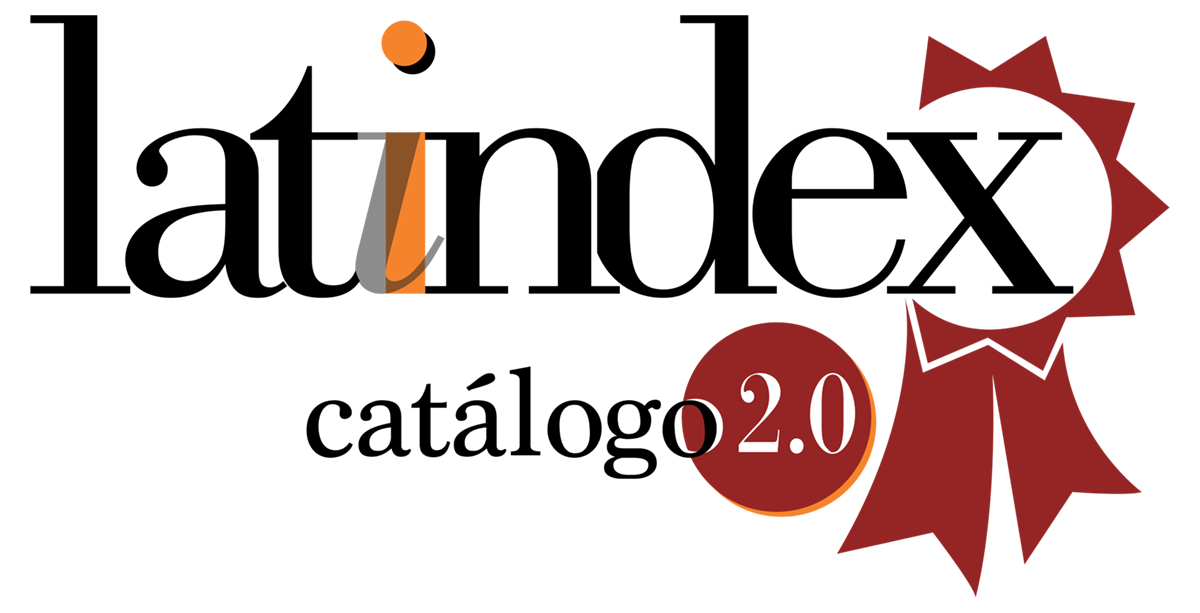HormigaBot: Design of an Educational Robot
Keywords:
robots, educational robotics, geometry teaching, preschool educationAbstract
The development of low-cost robotic systems, with playful applications that are available in the classroom for preschool education students, is the premise from which this research starts. The first stage of the HormigaBot project is aimed to the design of a robot that contributes to developing and strengthening knowledge about mathematical elements, particularly geometry ones. In this study, technological research has been used, by applying an exploratory design and the prototype technique. Among the main results include: the description of the design and development process of a semi-autonomous robot for teaching and learning the basic elements of geometry. The technology applied is called low-cost based, based on the Arduino platform controlled from a mobile device, by using an Android operating system. The App developed allows the user the remote manipulation of the robot to teach geometry elements.
References
Barrera, N. (2015). Uso de la robótica educativa como estrategia didáctica en el aula. Praxis & Saber, 6(11), 215-234. doi: https://doi.org/10.19053/22160159.3582
Bers, M. U., Flannery, L., Kazakoff, E. R., y Sullivan, A. (2014). Computational thinking and tinkering: Exploration of an early childhood robotics curriculum. Computers and Education, 72, 145-157. doi: https://doi.org/10.1016/j.compedu.2013.10.020.
Blender. (14 de Noviembre de 2021). Features of Blender. Obtenido de http://www.blender.org.
Bravo Sánchez, F. Á., y Forero Guzmán, A. (2012). La robótica como un recurso para facilitar el aprendizaje y desarrollo de competencias generales. Teoría de la Educación. Educación y Cultura en la Sociedad de la Información, 13(2), 120-136. doi: https://doi.org/10.14201/eks.9002
Carmona, Y. (2011). Investigación material y tecnológica. Obtenido de https://ohtheme.com/charla-investigacion-material-y-tecnologica-parte-1/
Dean, R. (14 de Noviembre de 2021). La investigación tecnológica en las ciencias de la ingeniería y la innovación tecnológica. Obtenido de https://www.unrc.edu.ar/publicar/23/dossidos.html
Franco, O. O., Stewsubauste Carnero, L., y Huamaní, D. F. (2018). Diseño de un dispositivo a base de sensores de distancia para optimizar el recojo de basura en LAFIIS. Lima: Universidad Nacional de Ingeniería.
González, V. (2002). Fundamentos de Robótica. Obtenido de http://platea.pntic.mec.es/vgonzale/cyr_0204/ctrl_rob/robotica/portada.htm
Hernández, R., Fernández, C., y Baptista, P. (2014). Metodología de la investigación (6a. ed.). México: McGraw-Hill. ISBN: 978-1-4562-2396-0
López, E. (11 de Noviembre de 2021). Sensores. Elementos indispensables para el funcionamiento de un robot. Obtenido de http://www.alcabot.com/alcabot/seminario2006/Trabajos/EstelaDiazLopez.pdf
Moreno, I., Muñoz, L., Serracín, J. R., Quintero, J., Pittí Patiño, K., y Quiel, J. (2012). La robótica educativa, una herramienta para la enseñanza-aprendizaje de las Ciencias y las tecnologías. Teoría de la Educación. Educación y Cultura en la Sociedad de la Información, 13(2), 74-90. e-ISSN: 1138-9737
Moreno, N., Leiva, J., y López, E. (2016). Robótica, modelado 3d y Realidad Aumentada en educación para el desarrollo de las inteligencias múltiples. Aula de Encuentro, 2(18), 158-183.
Resnick, M., y Rosenbaum, E. (2013). Designing for tinkerability. Design, Make, Play. En D. E. Margaret Honey, Growing the Next Generation of STEM Innovators (págs. 163-181). New York: Routledge. eBook ISBN9780203108352
Ruiz del Solar, J., y Salazar, R. (s.f.). Introducción a la robótica. Curso EL63G, Universidad de Chile. Obtenido de http://robotica.li2.uchile.cl/EL63G/capitulo1.pdf
Secretaría de Educación. (2015). El Diseño Curricular Nacional de Educación Prebásica para niños y niñas de 4 a 5 años (Segunda ed.). Tegucigalpa: Secretaría de Educación.
Vega, P., Vílchez, M., Villegas, M., y Alvarado, P. (2010). Consideraciones de diseño para robots miniaturizados. Tecnología en Marcha, 23(5), 60-68. Obtenido de https://dialnet.unirioja.es/descarga/articulo/4835749.pdf
Downloads
Published
How to Cite
Issue
Section
License
Copyright (c) 2022 Paradigma: Revista de Investigación Educativa

This work is licensed under a Creative Commons Attribution-NonCommercial-NoDerivatives 4.0 International License.








